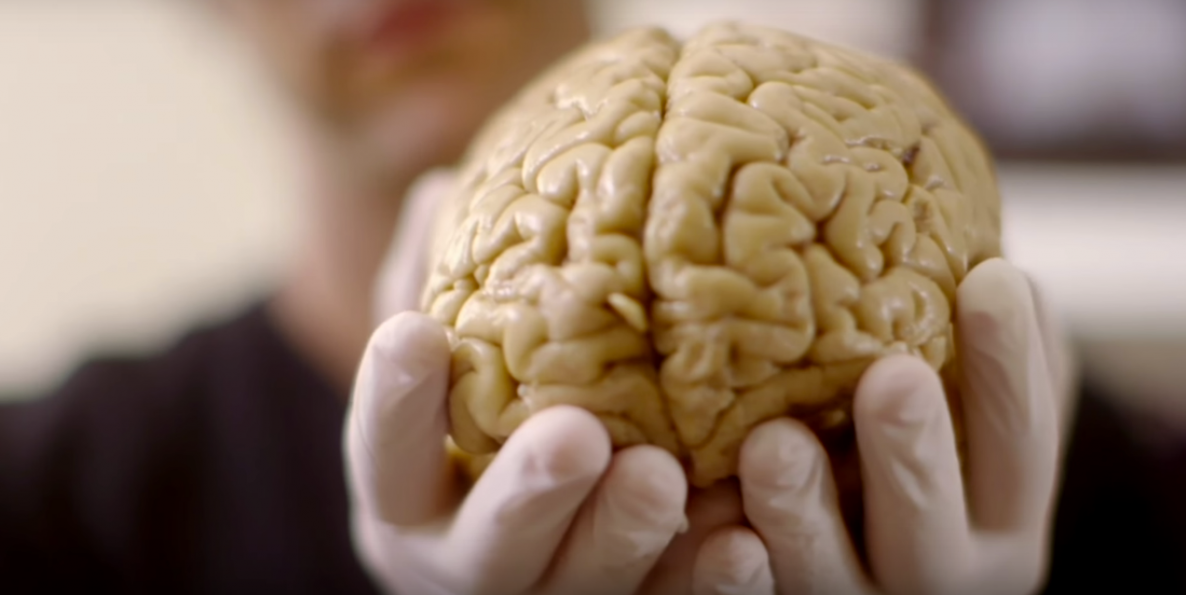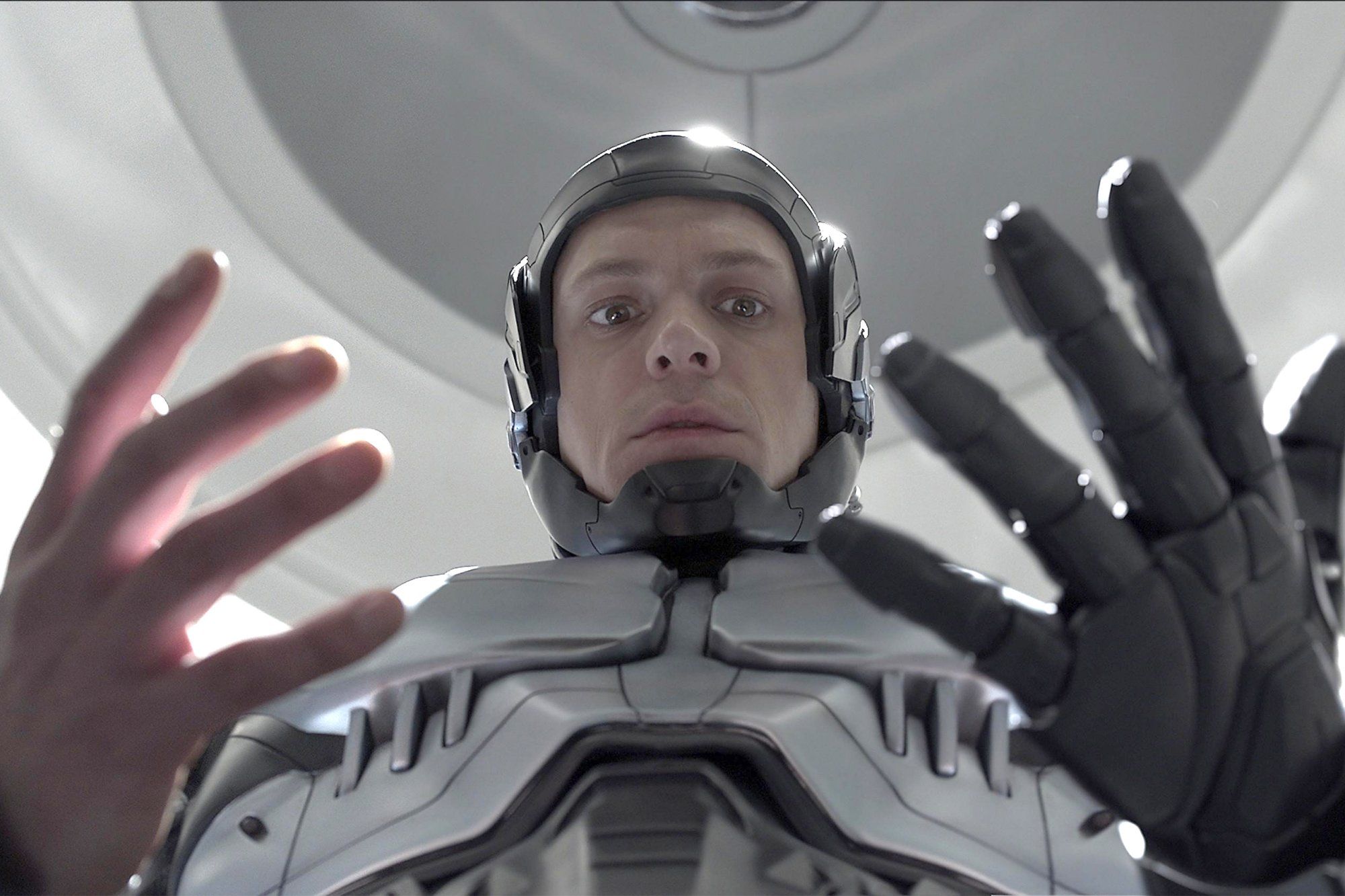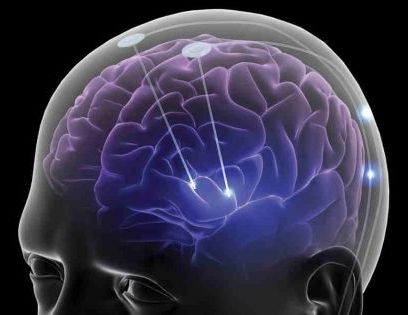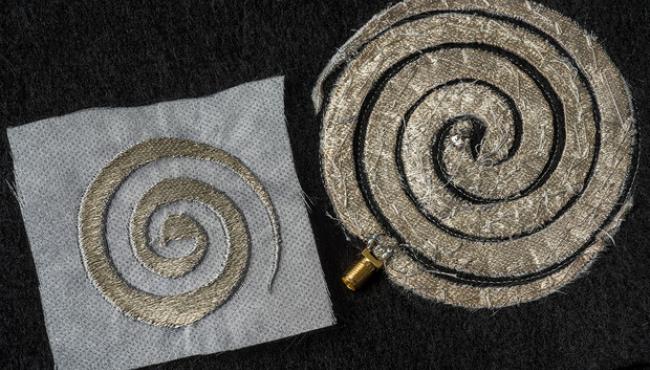My new story for The Huffington Post on the virtue of reason and asking: Why?.

Image of the future — By Smart Gadget Technology
The human race is on the threshold of so much revolutionary change. It’s mostly due to the emerging field of transhumanism: a social movement that aims to use science and technology to radically modify the human body—and modify the human experience. I get asked all the time: What is the best way to handle such changes—like the merging of humans with machines to make cyborgs? Or spending more time in virtual reality then normal reality? Or biohacker brain implants that let us use telepathy with one another (which eventually will lead us all to be connected via a hive mind)?
I think it’s easiest to let Jethro Knights—protagonist of my philosophical, Libertarian novel The Transhumanist Wager—answer. Below is a modified and condensed version of a speech he gives to the world, near the end of the book:
There are two all-important ways to navigate a correct path in the new transhuman future: The first is to constantly use the utmost reasoning of which our brains are capable while negotiating our way through life; the second is to incessantly question everything.








